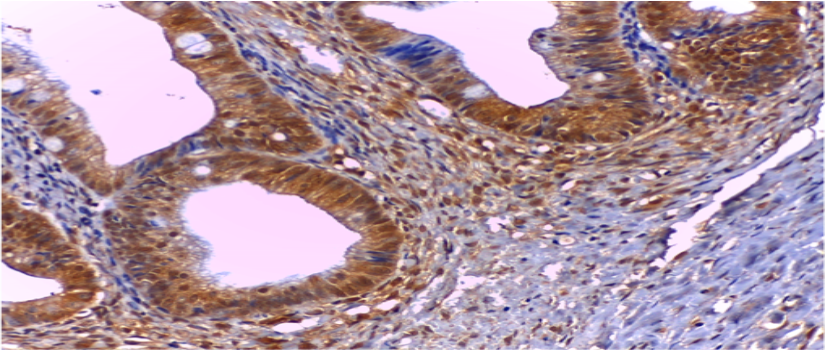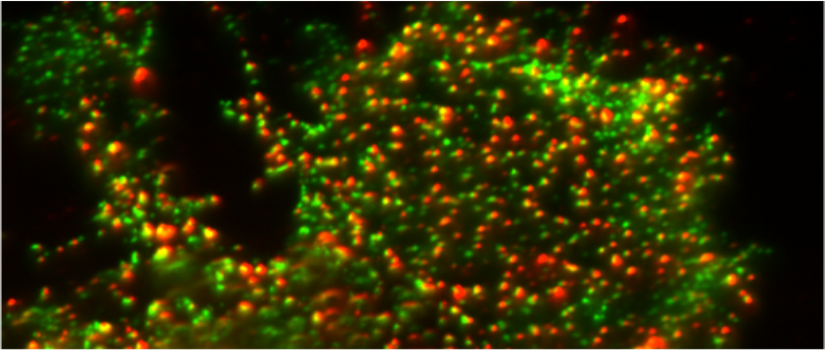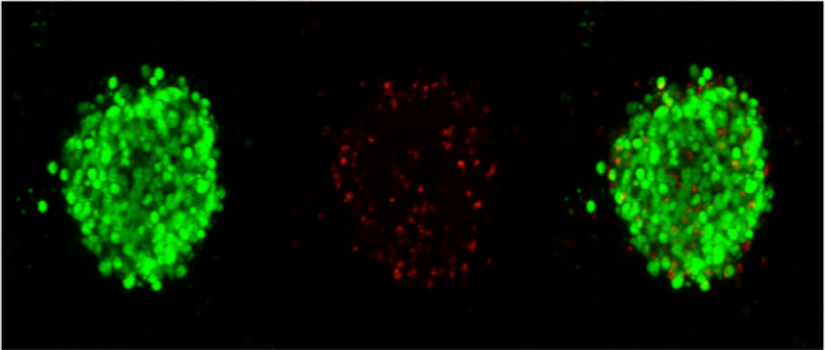
1. TGF-β and Integrin signaling in epithelial cell survival and matrix remodeling.
Diseases such as cancer are characterized by a loss of tissue homeostasis, due to changes in the Extracellular Matrix (ECM) and adhesion molecules expressed by epithelial cells. In the absence of adhesion-derived signals, cells undergo cell death through a regulated process termed anoikis, ensuring survival only when cells are in their physiological environment. Several factors contribute to resistance to anoikis including oncogenes and modulation of integrin activity. We have recently determined that TGF-β coreceptors traffic with integrins to impact their activity, and subcellular distribution in cells and cancer tissues. While much is known about TGF-β receptor trafficking and integrin trafficking, gaps exist in understanding the cross talk between TGF-β receptors and integrins that may impact trafficking, cell survival and matrix reorganization. Our goal is to define the relationship between of TGF-β signaling and integrin biology and the impact on cancer progression in the context of breast and ovarian cancers. Figure 1. Integrin localization in tumors.




